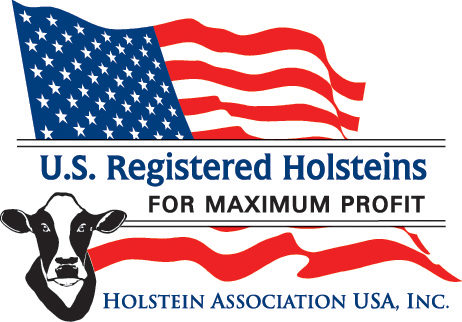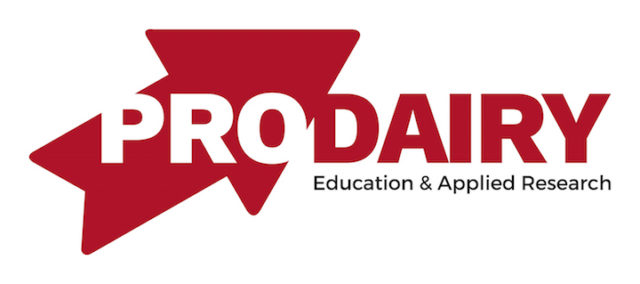An article published recently in the Journal of Dairy Science suggests that breeding programs could select cows that emit less methane per unit of milk produced if appropriate selection traits are identified. Enteric methane is the largest source of greenhouse gas emissions associated with milk production, according to research commissioned by the Innovation Center for U.S. Dairy. A large portion of the variation in the amount of enteric methane produced by dairy cattle is inherent genetic variation among individual cows.
Although measuring methane emissions directly from animals is costly and laborious, associated selection traits such as residual feed intake (RFI) or methane emissions predicted from feed intake and diet composition could be used in genetic selection programs.
Analyses of heritability for these traits, and the amount of genetic variation presently occurring in dairy herds, suggest that enteric methane emission could be reduced by 11 to 26 percent by classic breeding programs in the next 10 years.
The authors concluded that it is not known if this selection would result in actual (measured) methane emissions, and that additional research is needed.
Article details:
de Haas Y, Windig JJ, Calus MPL, et al. Genetic parameters for predicted methane production and potential for reducing enteric emissions through genomic selection. J Dairy Sci. 2011;94(12):6122-6134.
Click here to read the article's abstract. PD
—From Dairy Research Insights





